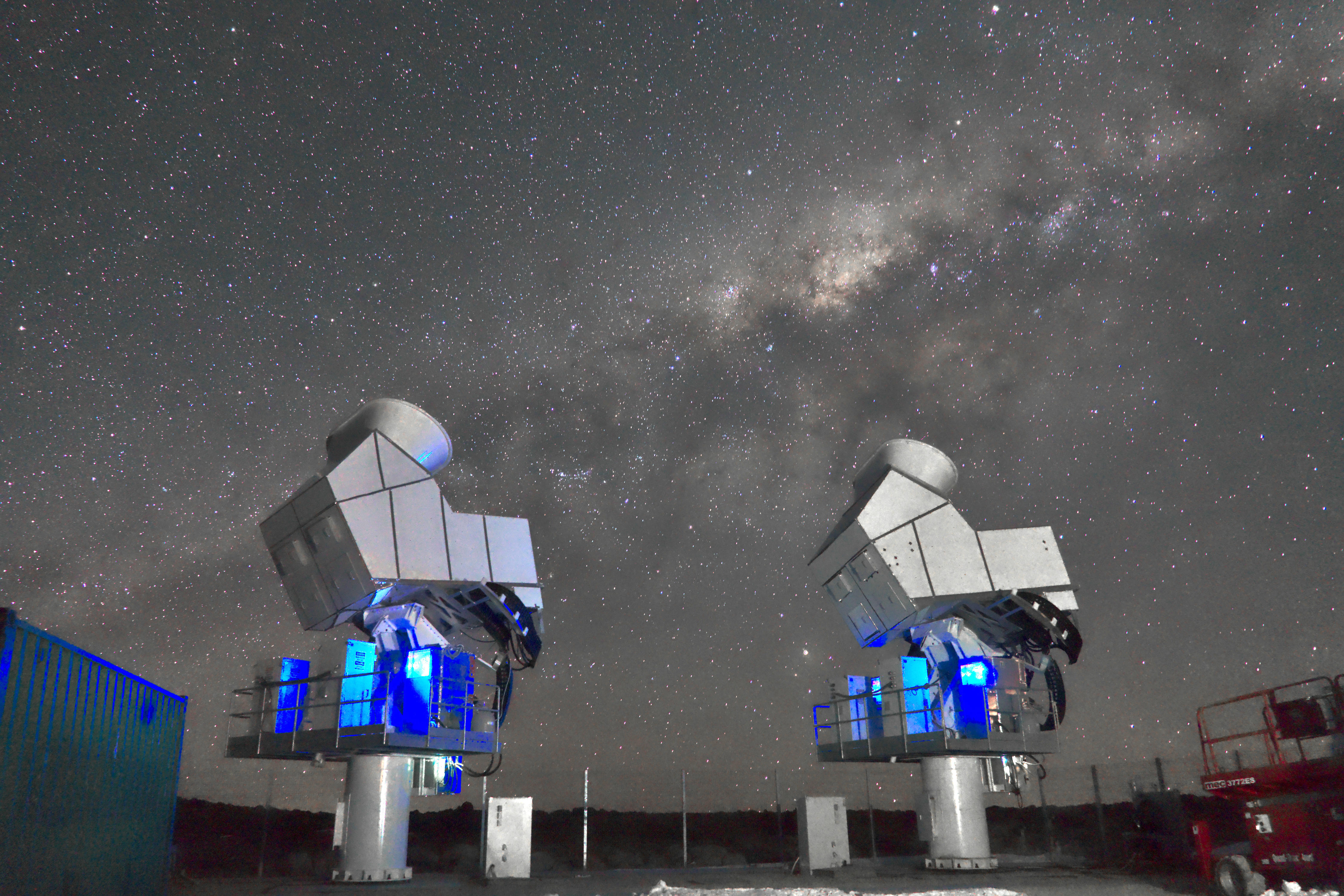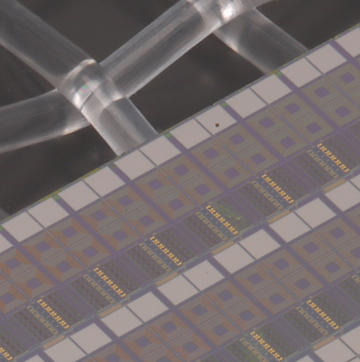Cosmology Large Angular Scale Surveyor (CLASS)

Telescope Details
Location
Atacama Desert in Chile
Purpose
CLASS images the cosmic microwave background with the goal of detecting patterns from the early inflation of the universe and the formation of the first stars and galaxies. CLASS will map more than 70% of the sky, more than any other currently operating CMB observatory.
NIST’s role
NIST provided polarimeters, detector arrays and electronics, including a time-division SQUID multiplexer and four 90-gigahertz superconducting transition-edge sensor bolometer arrays. (Bolometers are devices that use a temperature-dependent electrical resistance to measure the intensity of electromagnetic radiation.)
Significant discoveries and current status
CLASS demonstrated a novel signal modulation technique that reduced systemic errors and improved data quality and fidelity. CLASS proved that ground-based measurements over large sky areas could equal measurements done from a satellite at roughly 1% of the cost.
CLASS has three cameras operating, with another coming online.
Other interesting facts
At 5,200 meters (17,000 feet), CLASS is one of the highest telescopes in the world. The high and dry site reduces the interference created by microwave emissions from water and oxygen molecules in the atmosphere.
Supported by
National Science Foundation and NASA
Operated by
Johns Hopkins University
Other institutions involved
NASA Goddard Space Flight Center, Harvard-Smithsonian Center for Astrophysics, Pontificia Universidad de Chile, University of British Columbia, Universidad de Chile, University of Michigan and Villanova University
Media

Contacts
-
(303) 497-6164

